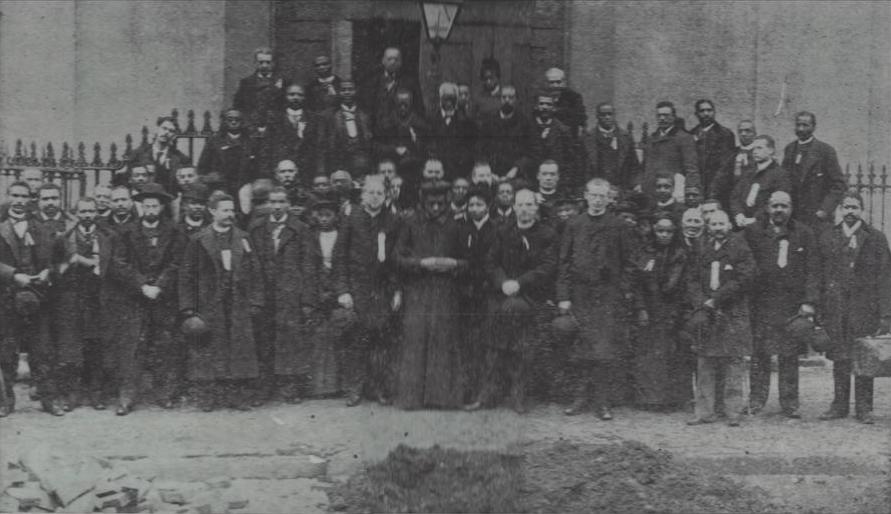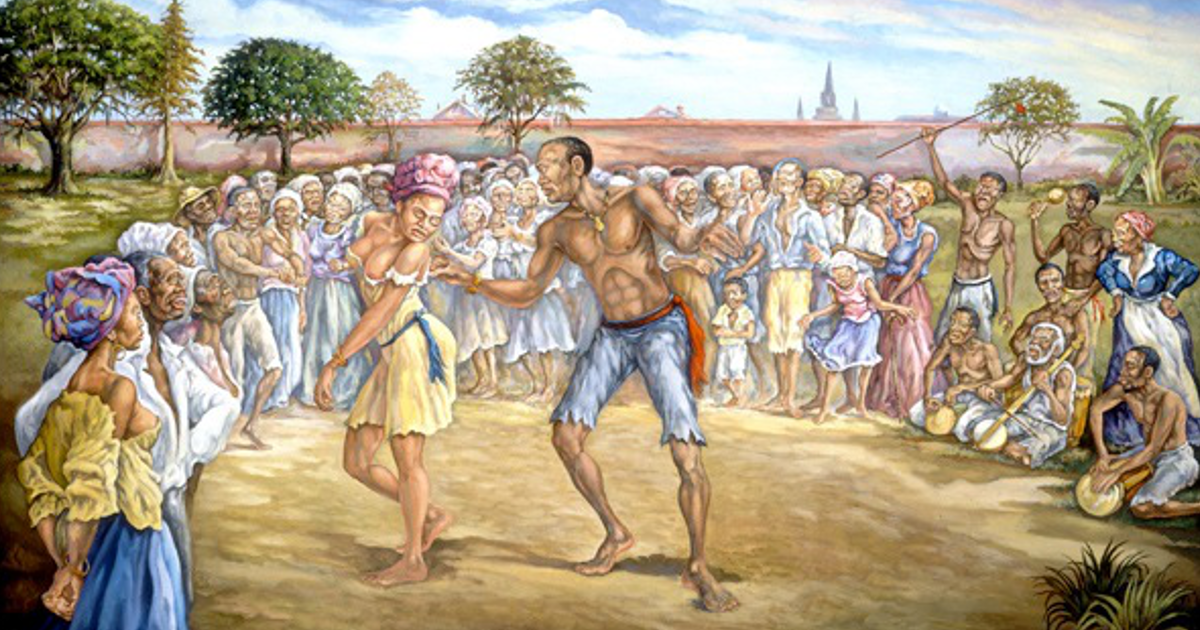New Orleans in 1841 was the third-largest city in the nation. The city had also been considered one of the largest in the south, with one of the top four busiest ports in the world. With its mix of cultures or “melting pot,” many new additions, such as buildings, churches, restaurants, and shops, were made in the city, integrating these new-found cultures into them. In 1841, the landmarks being built in New Orleans represented power in social groups and success within the economy. At the time, only those who possessed money were considered worthy of freedom. However, society has been structured to keep the majority groups in power; meanwhile, groups, like both free and enslaved African Americans, suffer in many ways, specifically economically. Landmarks are a great way to do this because of the major historical events, achievements, milestones throughout one’s life, and cultural significance they can represent. Most of the landmarks built in New Orleans in 1841 were created by the majority groups or those who had power and money, which ultimately shows that if you have money, you possess freedom and power at a higher social level. Therefore, those who did not possess these qualities were constantly put down in society and treated as lesser.
Even those who fought very hard to create landmarks representing their groups were oppressed due to the fact they had less money and less power in society. One of the major landmarks built in New Orleans in 1841 that shows this idea of money and power is related to freedom and higher social status is St. Augustine Catholic Church. Free people of color got permission from the Bishop to build a church of their own, thus, St. Augustine Catholic Church was born. These people did not have power nor money, but between the efforts of the free people of color and the Ursuline Sisters, they managed to secure property and enough support to make their dream a reality. Located at the corner of Bayou Road and Saint Claude, the nuns in the surrounding area gathered to help aid the people of color in need, including those who were sick, uneducated, or orphaned. As the church was being built up, the charity work done by the nuns helped to boost the importance of this church to society. As popularity grew around the new church, pews began being sold to the people of color wishing to join the church with their families, but white families decided to buy in as well. Fortunately, the people of color won the “bidding war” and ended up purchasing 3 pews for every 1 pew a white family purchased. Something considered very taboo at the time also occurred when the people of color purchased the side pews for the enslaved people of color, which then created a mix of free people of color, white people, and other ethnicities in the middle pews.
Although the free people of color supposedly had freedom, they still had to put up a fight against those who already possessed money and power for decades. The free people of color could not have done this alone since they lacked these qualities, therefore, the Ursuline Sisters needed to use their power and money in order to assist them. This shows that in 1841 New Orleans, only people that had power and money were truly free. Even though the free people of color were no longer enslaved, they were still slaves to society. The racial hierarchy that had been created, with white men on top and people of color at the bottom, served as an obstacle for even the free people of color. The white men in power in New Orleans in 1841 established this hierarchy in order to keep people of color, even the free people, still enslaved in a way. They had to beg for the Church to be built, fight for the funds, and even when they got all of that, the white citizens still attempted to keep them down by having a “pew war”.
In the Times-Picayune articles from May of 1841, many of the pages are filled with things relating to the economy, which only invites those possessing power and money to participate. The pages of the newspaper depict numerous lots, buildings, and homes for sale or rent. However, this newspaper was not written for anyone except a white audience because if the authors had considered the people of color, both enslaved and free, then they would have equal opportunity as well. Many people of color, even after being free from slavery, were still oppressed

St. Augustine Church in New Orleans in the 1840s

Congo Square in 1840s New Orleans
in most aspects of society and the economy. They were denied money, education, and most other opportunities that came so easily to those possessing white privilege. Even when attempting to grant them equal opportunity, the white majority continues to push them down the ladder of societal hierarchy. They cannot just let them have one building as their own, even though the white people had all the buildings as their own, many built by slaves I might add. This treatment shows how the people of color were stripped of their freedom because they lacked money. If someone had money at the time, they could buy themselves in or out of things. However, if they had less money at the time, they were stripped of their freedom. In 1841 New Orleans, the continuous oppression of people that were considered lower class, such as people of color, shows that the city was more concerned with social class and race rather than equal opportunity.
 NOLAbeings
Multimedia artist Claire Bangser created NOLAbeings as a portrait-based story project that marries...
NOLAbeings
Multimedia artist Claire Bangser created NOLAbeings as a portrait-based story project that marries...
 Data corner: Adobe Suite (create a PDF, social media graphic, presentation, edit a photo and video
Data corner is where you go to work with analytics and top tech skills. It takes on everything from PERL and SQL to Canva and Sprout Social.
Data corner: Adobe Suite (create a PDF, social media graphic, presentation, edit a photo and video
Data corner is where you go to work with analytics and top tech skills. It takes on everything from PERL and SQL to Canva and Sprout Social.
